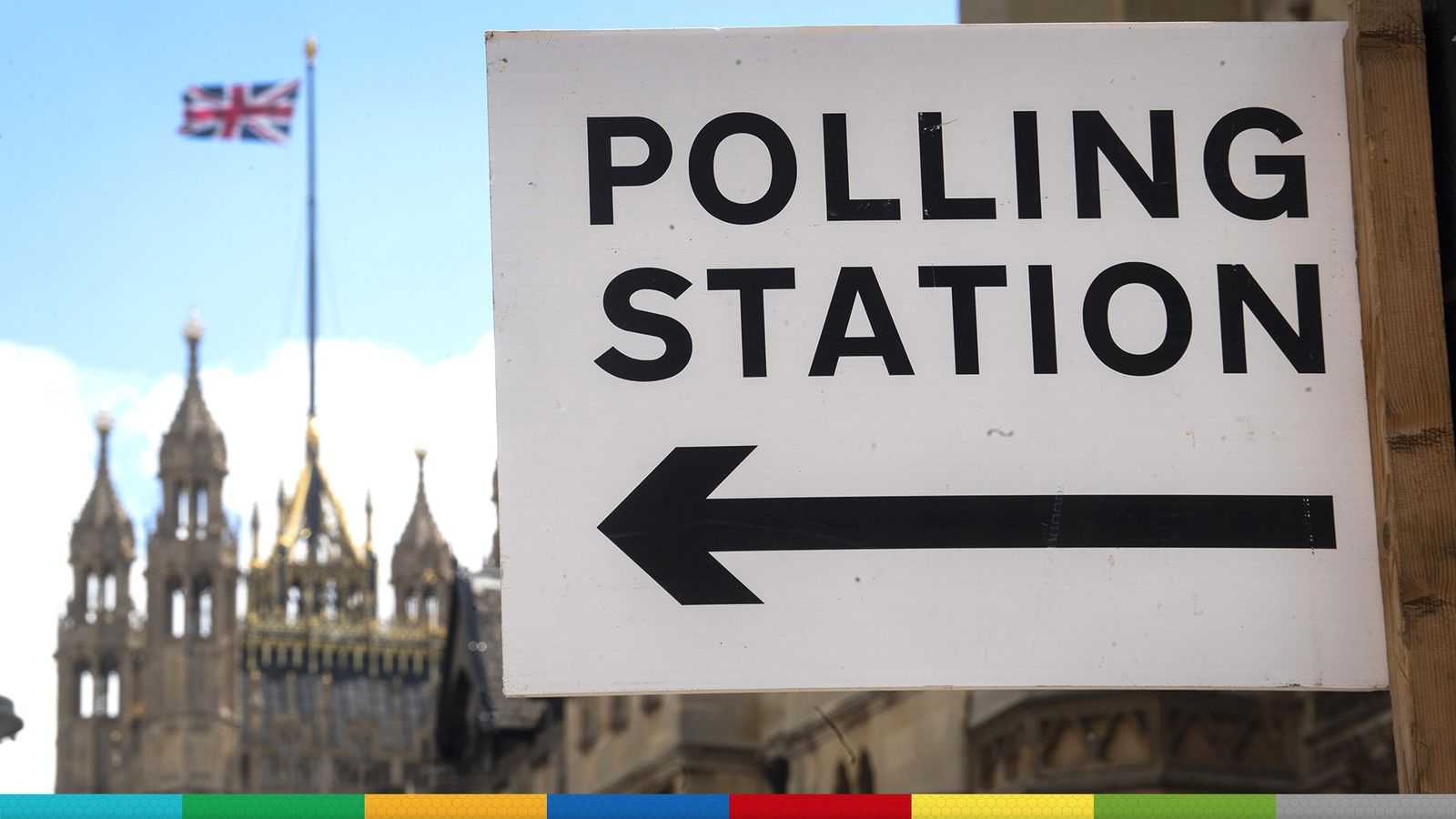Q2 2024 Review
Robert Craig: July 11, 2024
Market Commentary
The past three months have been pretty much in line with the first three months, with the addition of some political uncertainty. At the start of the quarter, the market was still anticipating three rate cuts in 2024; by the end of the quarter, expectations were for just one. We had the general election in the UK, as Rishi Sunak surprised the country and his colleagues by calling it earlier than anticipated. The outcome was largely anticipated, as the opinion polls rightly predicted a landslide victory.
Macron’s centralist party's weak showing in the European elections sent France to the polling booths. The threat of a far-right resurgence undermined the euro and widened spreads between French and German bonds. Measures were taken to neutralise Ms Le Pen, in the end the far left did far better.
Stock markets crept higher in the second quarter, with the MSCI World Index gaining just under 3%. US investors continued to chase technology shares in favour of most other asset classes. The uncertainty of the general election did lead to some weakness in the FTSE 100; however, it recovered some of those losses once the result was confirmed, gaining 3.7% in the second quarter. European stocks, in general, lagged behind the rest of the world as the major index remained unchanged during the quarter.
The ECB appeared to break protocol by cutting rates before the Fed, and we continue to wait for Mr Powell to act. The favoured date is now September, and we will wait and see if the Bank of England follows suit in the same month. Inflation in the UK fell back to the bank's 2% target, and there were also some positive aspects to the economic outlook.
The Vix index remains close to historic lows as investors remain confident of the economic outlook, a slowdown that avoids an economic recession, allowing the Fed to ease monetary policy in a measured way. The outperformance of the S&P 500 (up 20%) in the quarter relative to the Russell 2000 (just 3%) is notable, further emphasising the narrowness of the leading index's rise. The Magnificent Seven alone accounted for more than 40% of the US stock market’s return over the quarter, showing the influence these huge stocks continue to have.
As a result of rates remaining higher for longer and expectations for cuts getting further pushed out, it was another relatively poor quarter for bond investors, with negative returns. Commodity prices rose during the month, mainly due to copper. Gold made modest gains.
Outlook
As we look to the second half of the year, sentiment remains bullish as the market continues to value the soft landing scenario, but no recession. The S&P 500 and the effect Nvidia and technology shares have on the index's overall performance. The equal-weighted US index is up around 3% year to date. 40% of the S&P 500 rise in the past quarter was attributed to the Magnificent 7. The focus will now turn to earnings as financials lead the way. According to FactSet, the financial sector is predicted to report the seventh-highest (year-over-year) earnings growth rate of all eleven sectors for Q2 2024 at 4.3%. For Q2 2024, the estimated (year-over-year) earnings growth rate for the S&P 500 is 8.8%. If 8.8% is the actual growth rate for the quarter, it will mark the highest year-over-year earnings growth rate reported by the index since Q1 2022 (9.4%).
The strong rally in technology shares has driven the S&P 500's price-to-earnings ratio above its historical average; once one strips the Mag 7 out, things look more reasonable Stripping the technology sector out of the S&P 500 index, the price-to-earnings ratio is closer to 16X. Further down the market the smaller cap S&P 600 index trades closer to 13X earnings, slightly below its historical average. The FTSE 100 trades around a forward P/E of 11X, one of the most compelling, but it looks unattractive in today's world of searching for AI returns, should sentiment change there UK stocks may become more of a focus.
Interest rates should start to fall in the coming months, if only slowly, as inflation trends back toward central bank targets. There is a danger that the Federal Reserve waits too long. Inflation is down over 8% points in less than two years, real rates are rising dramatically, and there are signs of deflation in many sectors of the economy. Regarding the Bank of England, it will be interesting to see where they stand at their next monthly meeting and how close they are to the first cut.
Our policy of quality and value has served us well over the years, and we will continue to focus on that, accepting that, at times, this may lead to some underperformance but, in the longer term, provides a solid return for a well-adjusted risk profile.
Yours sincerely
Cube Capital
by portfolio advisor Paul Sedgwick
